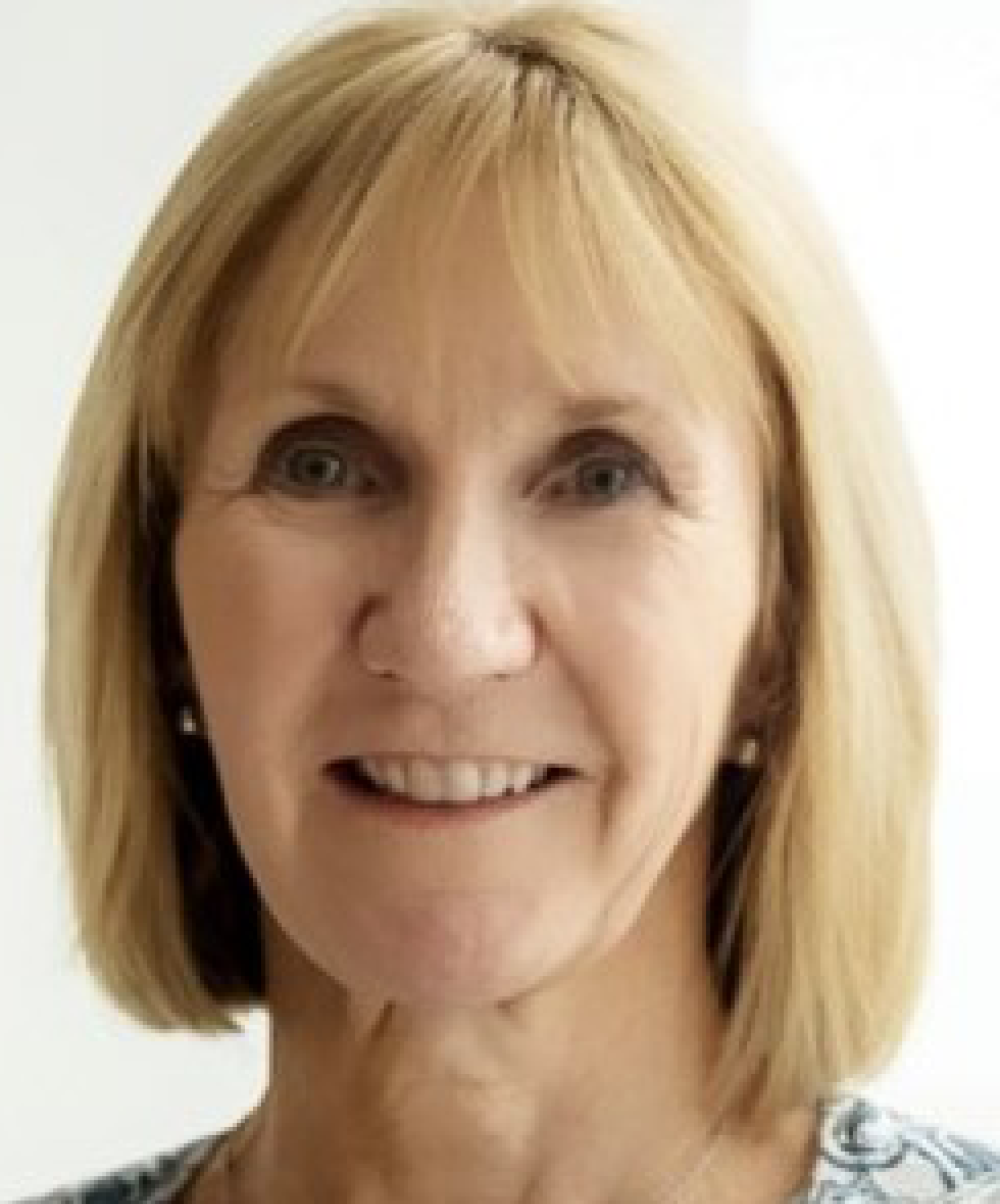Learning from the pandemic: Support for all

The Betsy Lehman Center: In what ways has the pandemic underscored the need for our health care system to better support patients, families, staff and clinicians? How will that affect our work going forward?
Patricia McGaffigan: The current pace of change almost eclipses what people can absorb, whether they are patients, family members or our colleagues working in health care, which is putting everyone under tremendous stress.
The pandemic has exposed both the best of what health care has to offer and also gaps in the system we all rely on for safety. The impact on our workforce has been greater than we ever could have imagined, with critical workplace safety threats, such as infection, providing just one example of the challenges workers face. Early on, we saw gaps in preparedness, in terms of personal protective equipment for example. We continue to see exposure, illness and death among our health care colleagues. And now we see parallel epidemics of other workforce harms, including exhaustion, stress and moral distress, and the growing risk and reality of workforce attrition.
The pandemic has revealed that inequities for patients, families and our workforce are far more than cracks, and in reality are chasms, as well as the imperative for proactively identifying and addressing these harms. Among other things, we need to systematically collect data on patients and the workforce — race, ethnicity and language proficiency as some examples — to more meaningfully understand the harms that are occurring, identify aims for improvement and monitor and discern whether we are making progress.
The restrictions imposed on visitors are another challenge patients, families and clinicians have faced. Early in the pandemic, family members and care partners were routinely told, “No, you can’t visit.” “You can’t come in.”
Family members and care partners are not casual “visitors.” They are essential members of the care team and play a critical role in ensuring that care is safe, reflects what matters to the patient, and that the right care is provided and not missed. Organizations are now shifting to looking for solutions and shaping decision criteria to support meaningful engagement and physical presence of families and care partners whenever possible. Staff are being reallocated to serve as managers for care goals, for example, providing a bridge between those who are at the point of care and the patient and care partners. I don't know that we've resolved this by any stretch, but we’re learning.
Patricia McGaffigan, RN, MS, CPPS, is Vice President of Safety Programs at the Institute for Healthcare Improvement in Boston, Massachusetts.
--
Further reading:
Learning from the pandemic: Leadership and governance
Learning from the pandemic: Continuous learning and improvement
Learning from the pandemic: Measurement and transparency